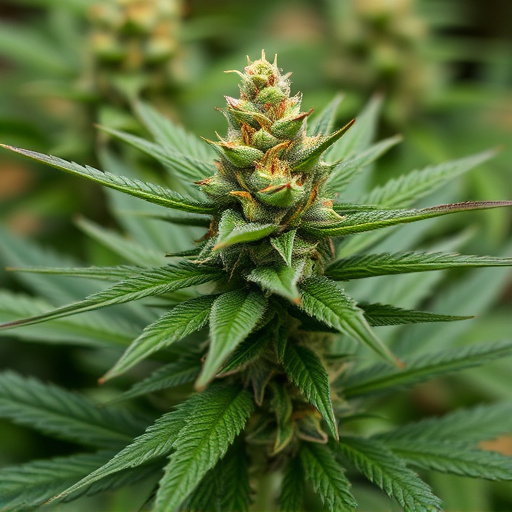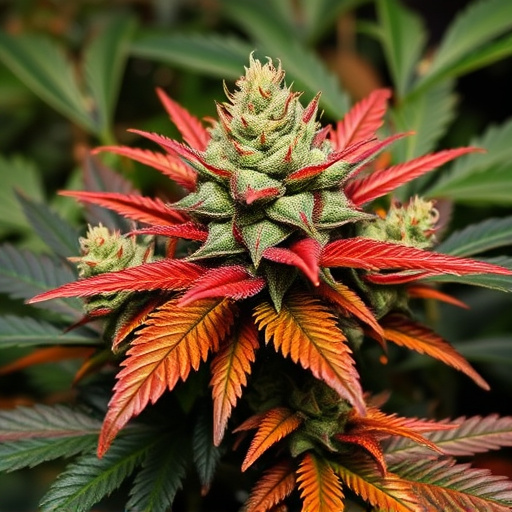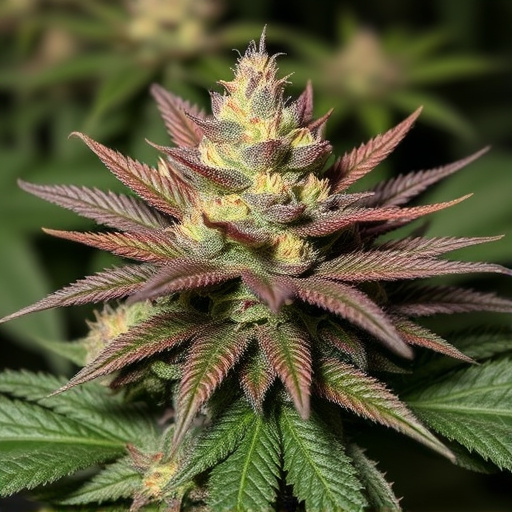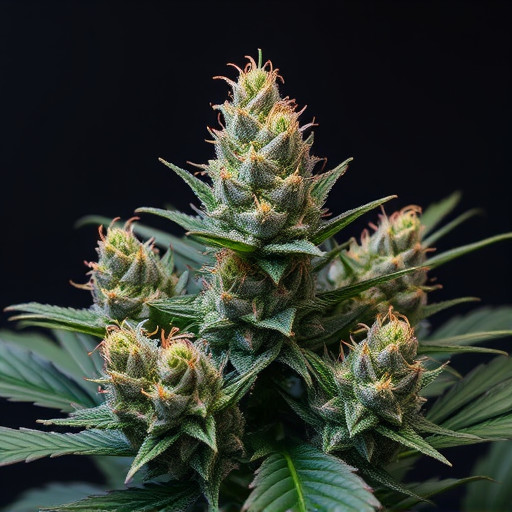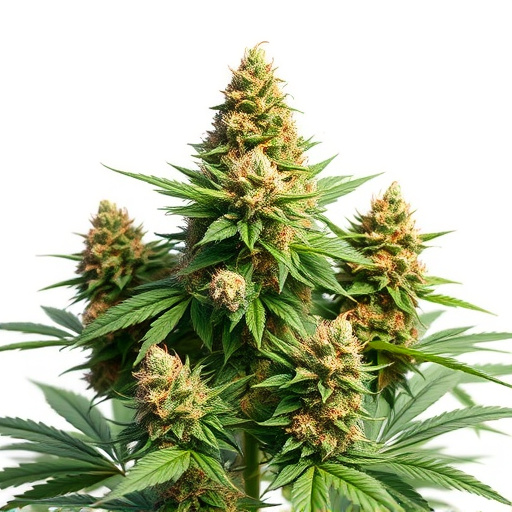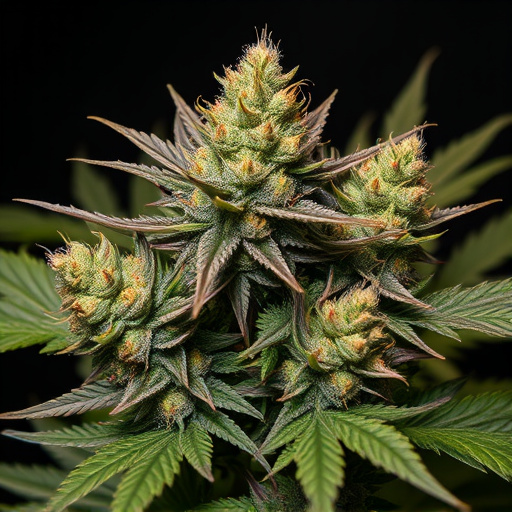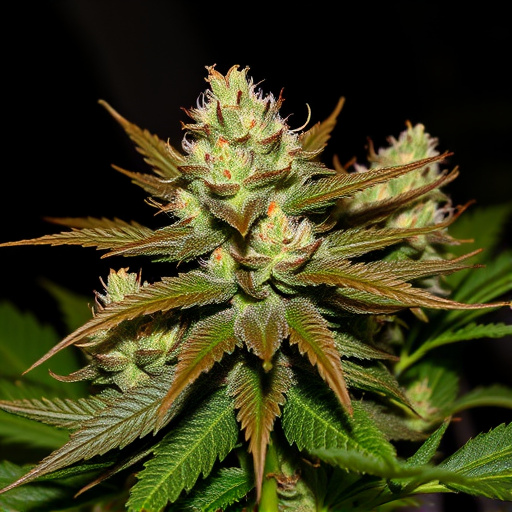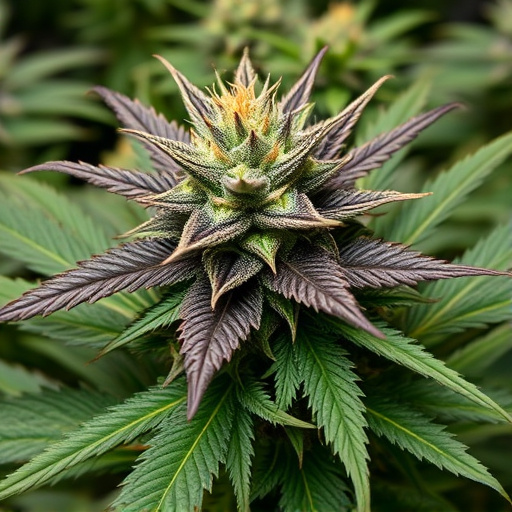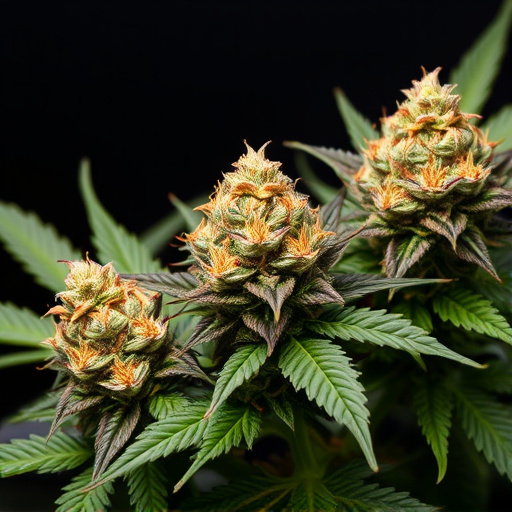Cannabinoids from cannabis plants come in full-spectrum (all natural compounds) or isolated (single compounds) forms, each with unique benefits. Indica-dominant strains offer a range of advantages through both formats, from holistic pain relief and sleep aid to targeted dosing for specific conditions. Full-spectrum appeals to those seeking natural, complex interactions, while isolated cannabinoids provide precise effects and quicker onset times, ideal for newcomers or experienced users wanting tailored dosing.
In the realm of cannabis, understanding the distinction between full-spectrum and isolated cannabinoids is key. This article delves into these nuances, focusing on indica dominant strains. Full-spectrum offers a rich tapestry of cannabinoids, providing a holistic experience. Isolated cannabinoids, however, focus on single compounds like THC or CBD. We explore the effects, benefits, and considerations for choosing between them. Remember that, in terms of indica dominant strains, each category has its merits, catering to diverse user preferences and desired outcomes.
- Understanding Cannabinoids: Full-Spectrum vs. Isolated
- Effects and Benefits of Indica Dominant Strains in Each Category
- Considerations for Choosing Between Full-Spectrum and Isolated Cannabinoids
Understanding Cannabinoids: Full-Spectrum vs. Isolated
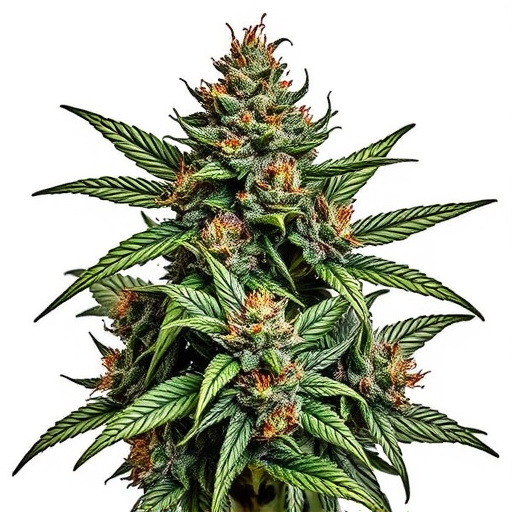
Cannabinoids are a group of chemical compounds found in the cannabis plant, each with unique properties and effects on the human body. When we talk about full-spectrum and isolated cannabinoids, we’re referring to how these compounds are extracted and presented in products like oils, edibles, or vapes. Full-spectrum means that all the naturally occurring cannabinoids, terpenes, and other beneficial plant compounds are retained in their original proportions from the source material—usually specific cannabis strains known as indica dominant. On the other hand, isolated cannabinoids are individual compounds separated from others, offering a more concentrated dose of a single cannabinoid, such as CBD or THC.
Understanding the difference between full-spectrum and isolated is crucial when choosing a product that aligns with your desired effects. Full-spectrum products are popular among users who seek a holistic approach to wellness, believing that the entourage effect—wherein cannabinoids interact with each other to enhance their individual benefits—is responsible for many of cannabis’ therapeutic properties. Indica dominant strains, known for their relaxing and sedating effects, often provide a better full-spectrum experience due to higher cannabinoid concentrations and specific terpene profiles. Isolated products, however, are favored by those looking for targeted relief from specific conditions without the potential intoxicating effects of THC or seeking to avoid any traces of it, as is common with certain legal restrictions.
Effects and Benefits of Indica Dominant Strains in Each Category
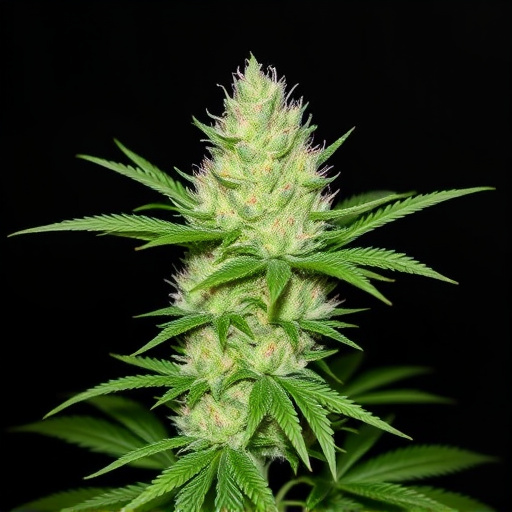
Indica-dominant strains, known for their relaxing and sedative effects, offer a range of benefits in both full-spectrum and isolated cannabinoid forms. Full-spectrum indica varieties contain all the natural cannabinoids, terpenes, and flavonoids present in the plant, replicating the complex interplay found in nature. This can lead to potent pain relief, reduced inflammation, improved sleep quality, and heightened mood. The effects are often described as calming and soothing, making them ideal for unwinding after a long day or managing chronic conditions that cause stress and anxiety.
Isolated cannabinoids derived from indica strains target specific compounds like THC or CBD without the full spectrum of other chemicals. While this may reduce some of the potential side effects associated with full-spectrum products, it can also mean a less complex interaction with the body’s endocannabinoid system. Indica-dominant isolates are still effective for promoting relaxation and sleep but may offer more precise dosing and quicker onset times. They remain popular among those seeking targeted relief from insomnia, mild pain, or muscle tension without the mental euphoria often associated with higher THC content.
Considerations for Choosing Between Full-Spectrum and Isolated Cannabinoids
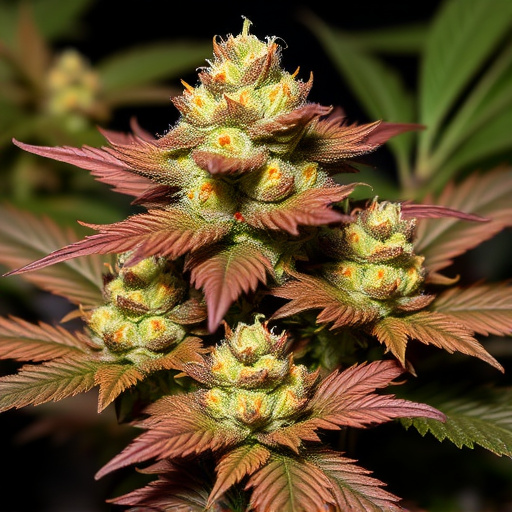
When considering full-spectrum versus isolated cannabinoids, several factors come into play. Full-spectrum products include a range of cannabinoids present in the plant, offering what some believe to be a more holistic and balanced effect. This is particularly appealing for those seeking relief from specific conditions often managed by indica dominant strains. On the other hand, isolated cannabinoids are processed to remove all but the desired single cannabinoid, providing a more targeted solution. This can be advantageous for users looking for precise dosing and effects, such as the specific anti-inflammatory properties of CBD or the relaxing effects of certain terpenes found in full-spectrum products.
The choice between full-spectrum and isolated cannabinoids ultimately depends on individual preferences and desired outcomes. For those new to cannabis products, starting with a full-spectrum option might be beneficial due to its potential for a more natural and comprehensive therapeutic experience. In contrast, experienced users or those seeking very specific effects may prefer isolated cannabinoids, allowing them to tailor their intake precisely.
In comparing full-spectrum and isolated cannabinoids, especially considering their respective effects on users, it’s clear that both have unique advantages. Indica dominant strains, with their calming and relaxing properties, offer distinct benefits in each form. Full-spectrum products provide a more natural experience, harnessing the entourage effect, while isolated cannabinoids deliver targeted effects. When choosing between them, consider your desired outcome, preferred consumption method, and potential sensitivities. Ultimately, understanding these differences can help users make informed decisions to best suit their needs.




